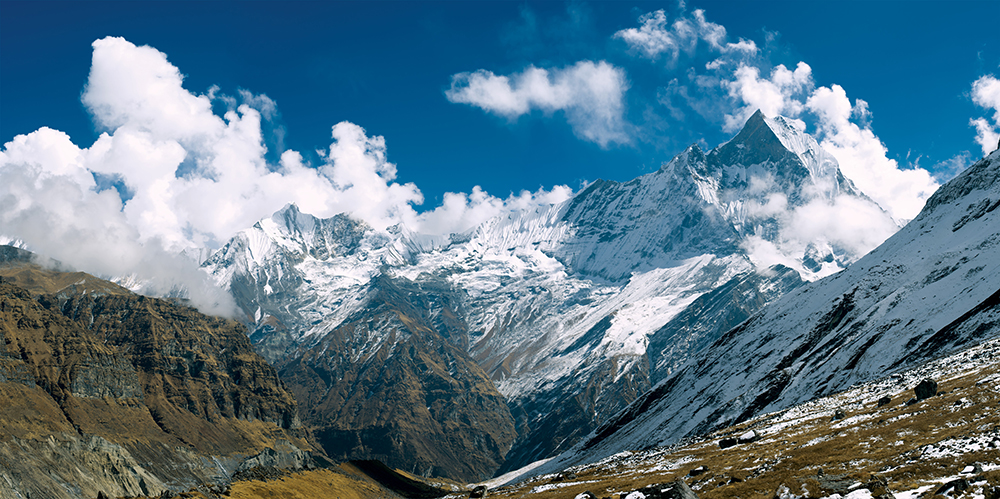The Process
Coffee is one of the most popular beverages in the world. It has a rich history that spans centuries and has become an integral part of many cultures around the globe. However, not many people know about the process of making coffee, from planting to roasting. In this article, we will explore the journey of coffee, from seed to cup.
1. Planting And Cultivation
The process of making coffee starts with planting coffee trees. Coffee trees are usually grown in tropical regions, which have the ideal climate and soil conditions for coffee cultivation. The trees require a consistent temperature range of 15-24 degrees Celsius, and rainfall of about 1500-2000mm annually.
Coffee trees take around 3-4 years to mature and start producing fruit. The coffee trees are usually kept at a height of around 6-7 feet to make the harvesting process easier. The coffee cherries (the fruit that contains the coffee bean) are harvested by hand or by using machinery. The harvesting process is time-consuming and labor-intensive, and it is essential to ensure that the cherries are harvested at the right time.




2. Processing

Once the cherries are harvested, the processing begins. There are two primary methods of processing coffee – the dry method and the wet method.
Dry Method: In this method, the coffee cherries are spread out in the sun to dry. The cherries are turned regularly to ensure even drying. Once the cherries are completely dried, the outer layers are removed to reveal the coffee beans.
Wet Method: In this method, the coffee cherries are washed to remove the outer layers. The beans are then separated from the pulp using a machine or by hand. The beans are then fermented to remove any remaining pulp, washed again, and then dried.



3. Sorting & Roasting
Once the coffee beans are dried, they are sorted by size and quality. This is an essential step as it ensures that only the best beans are used for roasting. The beans are roasted to bring out their unique flavor and aroma. The roasting process is an art, and it requires skill and experience to get it right.
During the roasting process, the beans are heated to high temperatures, causing chemical changes that produce the characteristic aroma and flavor of coffee. The roasting process can vary depending on the desired flavor and intensity. Light roasts are roasted for a short time, while dark roasts are roasted for a longer period.




4. Packaging & Brewing

Once the beans are roasted, they are packaged and shipped to coffee shops and retailers around the world. The packaging is essential as it ensures that the coffee beans remain fresh and flavorful.
Finally, it is time to brew the coffee. There are many ways to brew coffee, including drip coffee, French press, and espresso. Brewing coffee is a complex and fascinating process that has been perfected over centuries. The art of brewing coffee involves choosing the right coffee beans, selecting the appropriate brewing method, and using the right equipment to extract the perfect cup of coffee.






